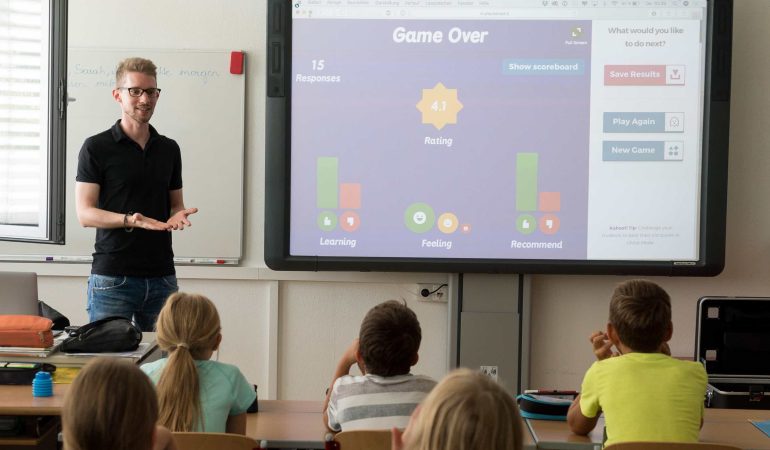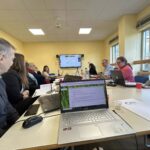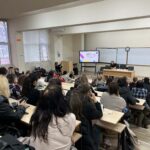(This article is published in an abridged version!)
Inclusive classrooms are becoming increasingly common in our schools. More students with disabilities are now receiving their education there. Integrating students with disabilities into general education classrooms requires careful planning. Before these students are admitted to the inclusive classroom, teachers must be trained, appropriate support, resources, staff, and individualized educational programs must be provided.
It is also important to recognize that not only has the child with a disability never participated in an inclusive classroom, but the same is true for their peers. Students in the general education class may feel curiosity or even anxiety about the new situation and may have misconceptions about students with disabilities.
Here are some tips to help facilitate a smooth transition for students with disabilities into the inclusive classroom. These tips are also useful for preparing general education students for their new classmate:
1. Establish Core Principles
Set shared principles for students with and without disabilities through class discussions, book or film discussions, or guest speakers. Teach students that:
• Everyone wants to be included in the group;
• Everyone is different;
• Everyone has strengths and weaknesses.
2. Let Every Student Share
Give all students the opportunity to talk about themselves, their strengths, and interests. Allow others to ask questions, but plan and guide the questions in advance.
3. Dispel Myths
Break down myths and misunderstandings about students with disabilities. Most importantly:
• Some disabilities are visible, others are not;
• Physical disability does not determine a person’s intelligence;
• Put people with disabilities first.
4. Address Challenges
Discuss specific issues students may have that could affect classroom relationships, so students can interact and learn from each other. For example, if a student has a peanut allergy, invite a nurse to talk about allergies and the importance of keeping peanut products out of the classroom. If a student communicates with an iPad, have the student (or their parent/paraprofessional) demonstrate how the device is used.
5. Talk About People with Disabilities We Know
Remind students that at some point in life, we will all live, shop, drive, or possibly work alongside a person with a disability.
6. Identify Famous People
Point out well-known people with disabilities and highlight their contributions to society.
7. Hold Lessons on Disability Awareness
Give students the opportunity to better understand people with disabilities by conducting special lessons to inform them.
8. Build Positive Attitudes in the Classroom
Create and maintain a positive attitude in the classroom throughout the year. Encourage mutual respect, use of appropriate language, and proactive social skills.
Remember, this culture of communication should be used when discussing the needs of a student with a disability with others. Talking with the student before applying any of the above strategies can determine how comfortable they are sharing information about their disability. Sharing information is not meant to put the student with a disability “on display,” but to help others understand what they need to participate and learn in the classroom.



